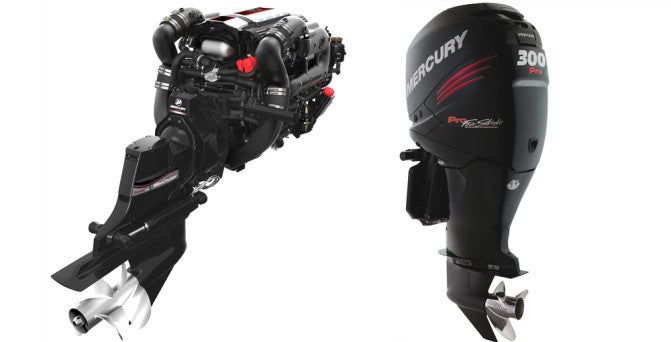
Outboard engines keep gaining market share. But are they truly better?
Not that long ago fiberglass runabouts powered by stern drive engines represented probably half of the boats sold in North America.
And today? Not so much. In fact, the numbers have clearly shifted in favour of outboards. According to Statistical Surveys Inc. (SSI), outboards don’t just enjoy the majority of the market right now, their slice of the pie gets bigger and bigger every year. In 2012 the US boat industry sold 127,981 outboard-powered boats, growing to 136,488 boats in 2013, 146,818 in 2014, 157,052 in 2015 and 165,435 boats last year. Over the same period, the number of boats powered by stern drives shrank from 16,666 boats in 2012 to 15,060 in 2013, 13,923 in 2014, 12,941 in 2015 and 12,472 last year. Ouch.
The big question is, why the shift?
Power-to-Weight
At the end of the day, nothing else impacts a boat’s performance like its power-to-weight ratio. And this is where outboards have a clear advantage over stern drives.
Mercury Marine manufactures both stern drives and outboards at its plant in Fond du Lac, Wis. Its current 200-horsepower stern drive is a cast iron 4.5L V6 model that weighs in at 761 pounds. By comparison, Mercury’s current 200-horsepower Verado V6 four-stroke outboard pushes the scale to just 510 pounds – a difference of 251 pounds.
Power-to-weight doesn’t just affect how much zip a given boat will have. It also has a major impact on fuel economy. Advantage: outboard.
Cockpit Space
Because they’re mounted inside the boat, stern drives can’t help but chew up cockpit space. The engine housing is usually hidden under a big sun pad to at least make the space usable. But it’s still floor space lost to the engine. Outboards, on the other hand, being located outside of the boat, eat up no interior space whatsoever. Advantage: outboard.
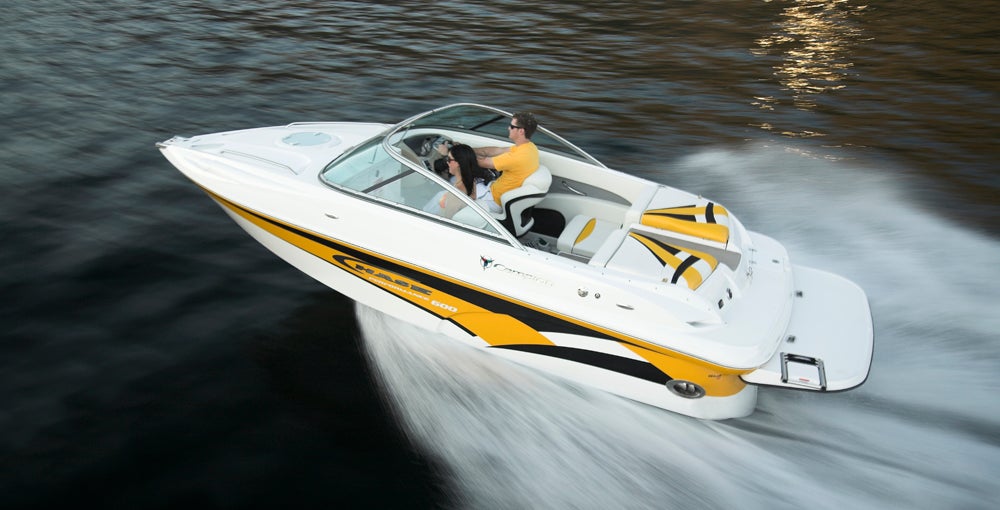
Both Campion’s Chase 600i SC (above) and Chase 600ob BR (below) are 20-foot boats. But the extra cockpit space afforded by the outboard is obvious.
Swim Platforms
With the propeller normally tucked away under water, stern drive-powered boats generally boast wide open sterns with full-width swim platforms. That’s just not possible with an outboard, although some designs allow you to pass between the engine and the transom so you can walk from side to side. Advantage: stern drive.
Maintenance
It is often said that outboards require less maintenance than stern drives. They certainly have more moving parts.
Where engine access is concerned, the outboard is a clear winner, being bolted to the outside of the boat where everything is easily reached. A stern drive, by comparison, mounts to the boat’s floor under a cover of some sort, with the drive extending out through the transom. Reaching some components, including parts like the bellows, gaskets and U-joints, requires removing either the engine or the outdrive, adding to the repair bill.
Winterizing an outboard engine is a fairly simple procedure, and many boaters in northern areas simply do the job themselves. Winterizing a stern drive is a more complex operation, and usually done by a qualified marine mechanic. Advantage: outboard.
Super Tilt
Outboard engines offer the ability to tilt the engine completely out of the water when not in use, something which is impossible for a stern drive. This allows you to protect the lower unit from marine growths, reducing cleaning requirements. It also allows boaters in northern regions to extend their season. Because all of the water drains out of an outboard when it’s tilted up, the risk of damage from an unexpected overnight freeze is significantly reduced. Not so for stern drives, which retain an amount of cooling water until they’re properly winterized. Advantage: outboard.
Cost
Stern drives use an automotive engine mounted inside the boat. When the EPA ruled in 2010 that stern drives need to use catalytic converters the same as automobiles do, the cost of stern drives went up dramatically. Not so for outboards, which use an entirely different type of power head design. As a result, with all else being equal, outboards cost less than stern drives. Advantage: outboard.
The Verdict
Clearly, today’s fuel-efficient outboards have a lot to offer, including many features and benefits that stern drives simply can’t match. This is a major reason that many boat builders who used to offer stern drive-powered boats exclusively have now added outboard-powered models to their respective line-ups.

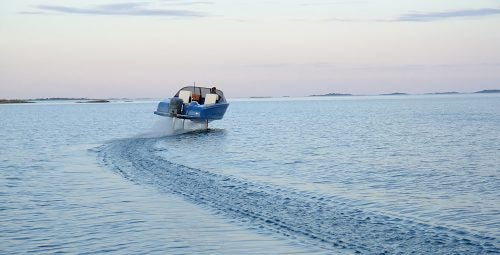

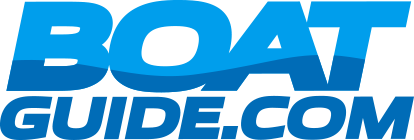

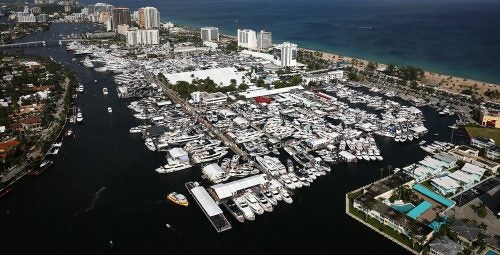 Fort Lauderdale International Boat Show Preview
Fort Lauderdale International Boat Show Preview 10 Best New Boat Accessories at IBEX 2021
10 Best New Boat Accessories at IBEX 2021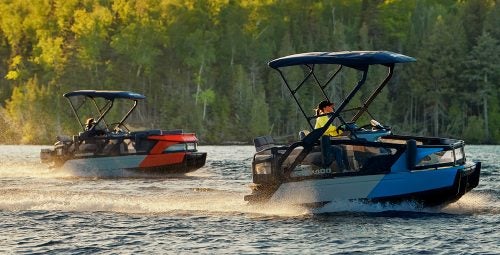 2022 Sea-Doo Switch Pontoon Boat Lineup Unveiled
2022 Sea-Doo Switch Pontoon Boat Lineup Unveiled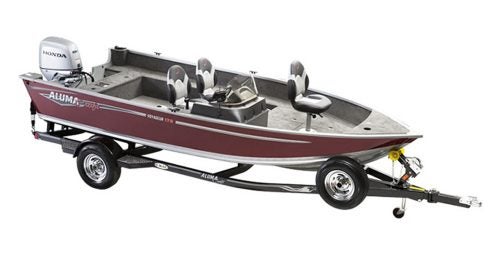 BRP Enters Fishing Boat Market with Purchase of Alumacraft Boat
BRP Enters Fishing Boat Market with Purchase of Alumacraft Boat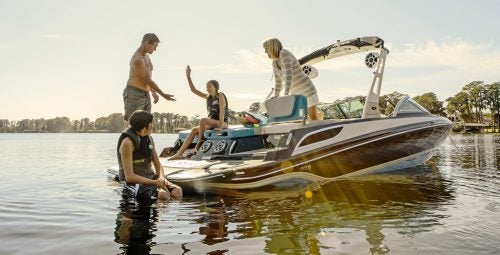 Volvo Commits To Electric Power By 2021
Volvo Commits To Electric Power By 2021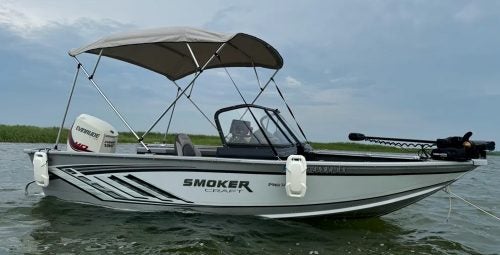 Kemimoto 4 Bow Bimini Top and Boat Bumper Review
Kemimoto 4 Bow Bimini Top and Boat Bumper Review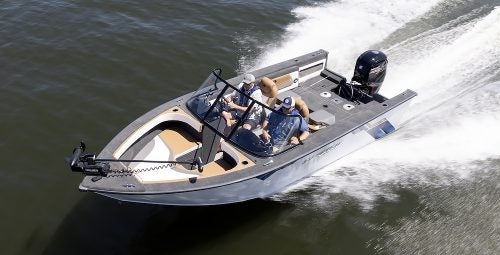 Starweld Victory 20 Review
Starweld Victory 20 Review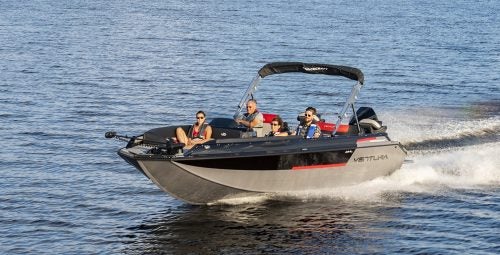 Princecraft Ventura 23 RL Review
Princecraft Ventura 23 RL Review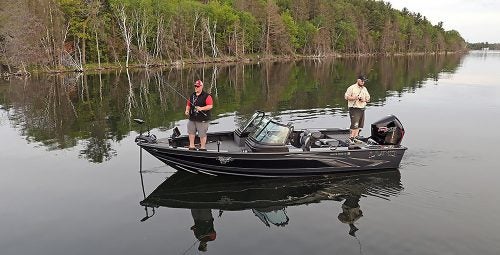 Lund 2075 Pro V Review
Lund 2075 Pro V Review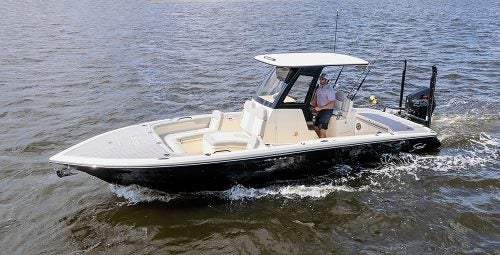 Scout 281 XSS Review
Scout 281 XSS Review Fuel Saving Tips For Boaters
Fuel Saving Tips For Boaters Best Boating Accessories
Best Boating Accessories Best Boating Apps
Best Boating Apps 5 Pontoon Boats That Are Made To Fish
5 Pontoon Boats That Are Made To Fish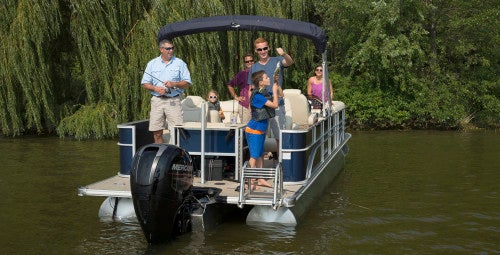 10 Great Small Pontoons
10 Great Small Pontoons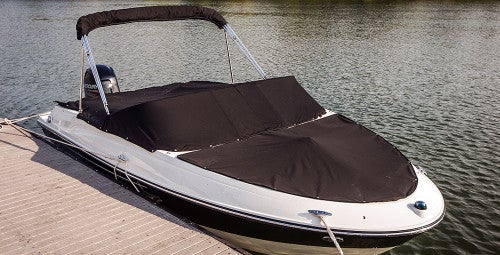 Your Boat Was Expensive—Do You Really Trust a $2 Rope From the Dollar Store to Secure It?
Your Boat Was Expensive—Do You Really Trust a $2 Rope From the Dollar Store to Secure It?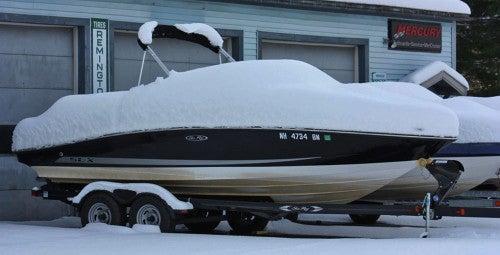 Do I Need Insurance Coverage Against Ice or Freezing Damage?
Do I Need Insurance Coverage Against Ice or Freezing Damage?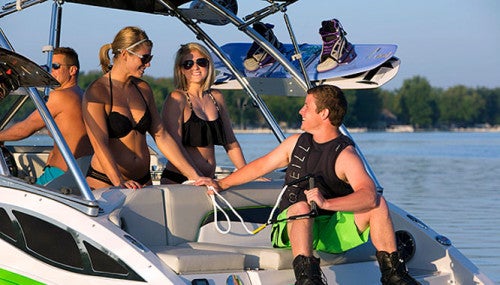 What Kind Of Insurance Coverage Do I Need?
What Kind Of Insurance Coverage Do I Need?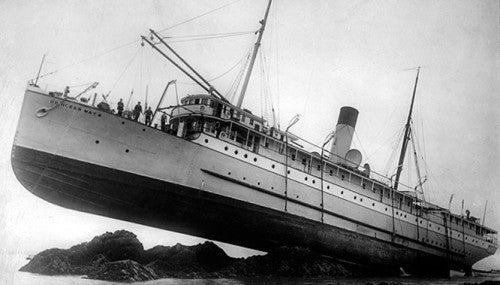 What About Salvage?
What About Salvage?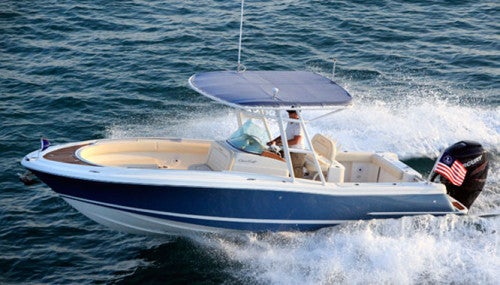 Boat Insurance or Yacht Insurance?
Boat Insurance or Yacht Insurance?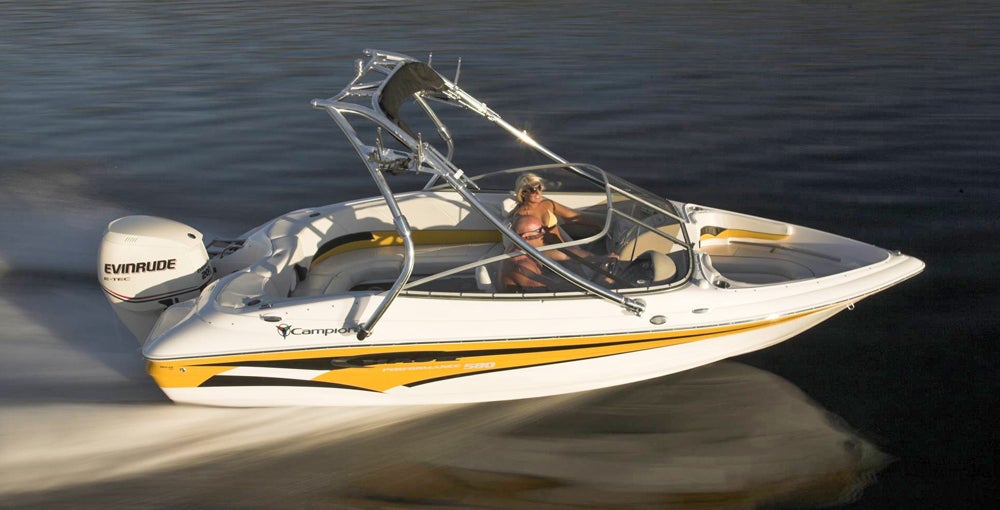
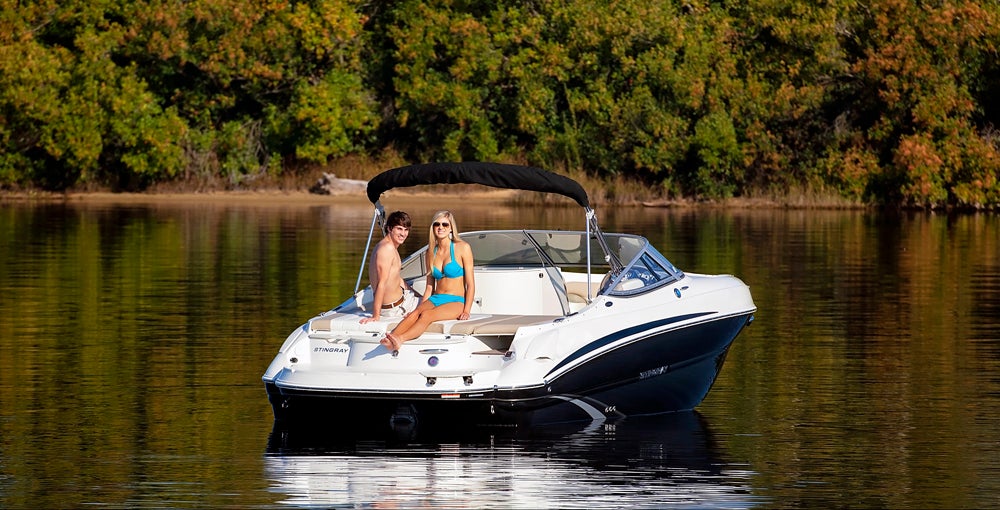
 The Best Bowriders For The Money
The Best Bowriders For The Money
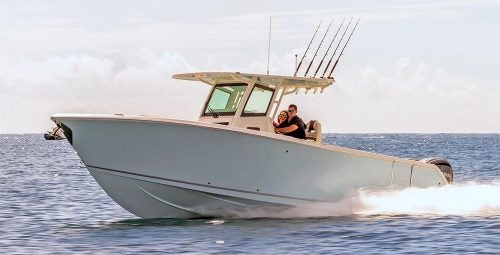 Sailfish 312CC Review
Sailfish 312CC Review
 The Wildest Concept Yachts
The Wildest Concept Yachts
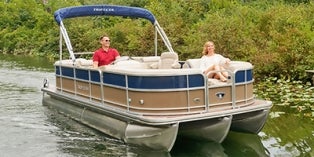 2016 Trifecta 200 Series 220FCR
2016 Trifecta 200 Series 220FCR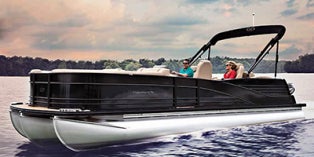 2016 Harris Grand Mariner SL 270 DL
2016 Harris Grand Mariner SL 270 DL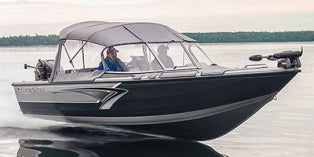 2016 Crestliner Authority 2050
2016 Crestliner Authority 2050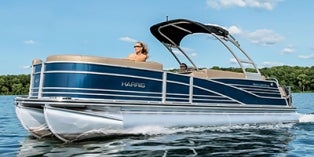 2016 Harris Grand Mariner SL 230 DLDH
2016 Harris Grand Mariner SL 230 DLDH
